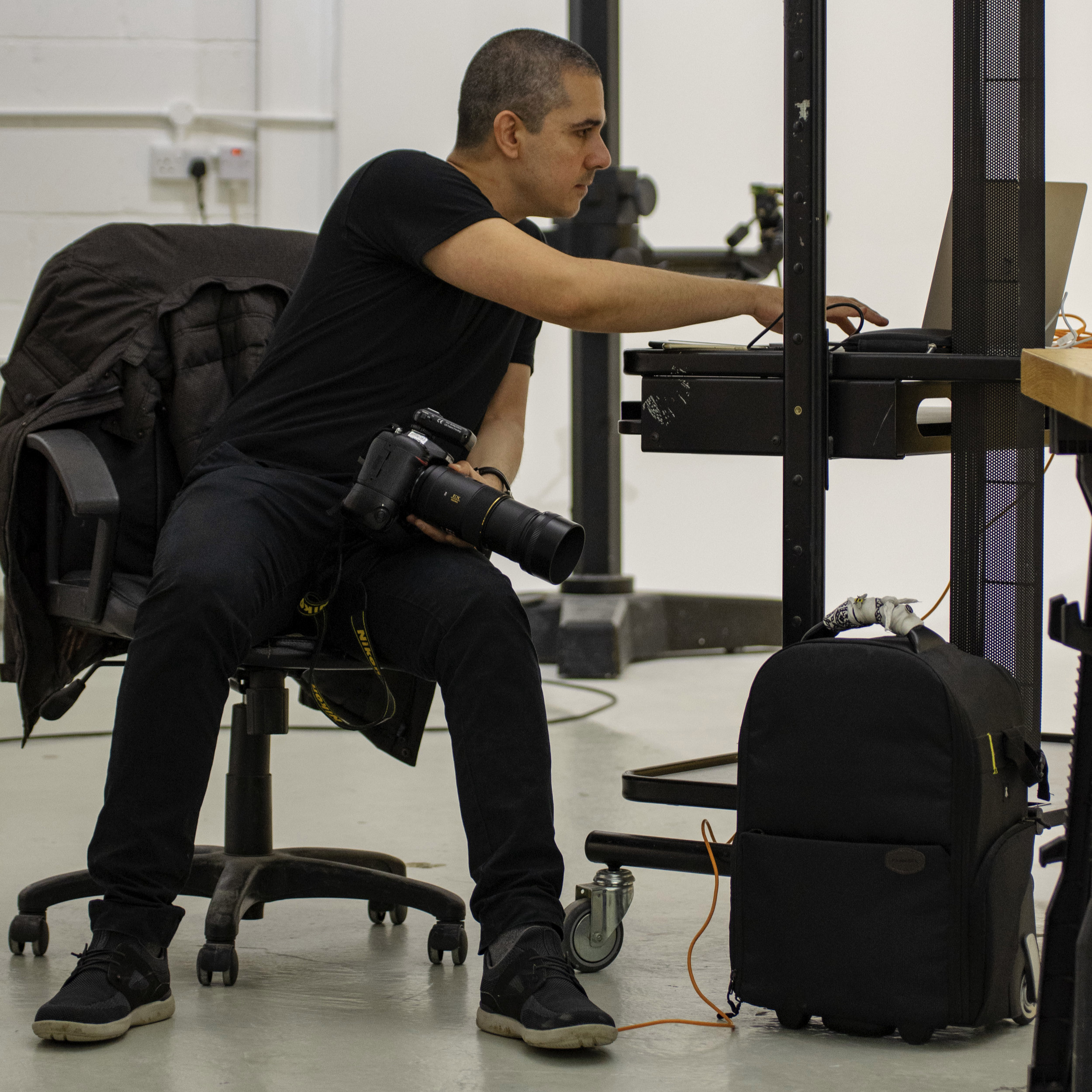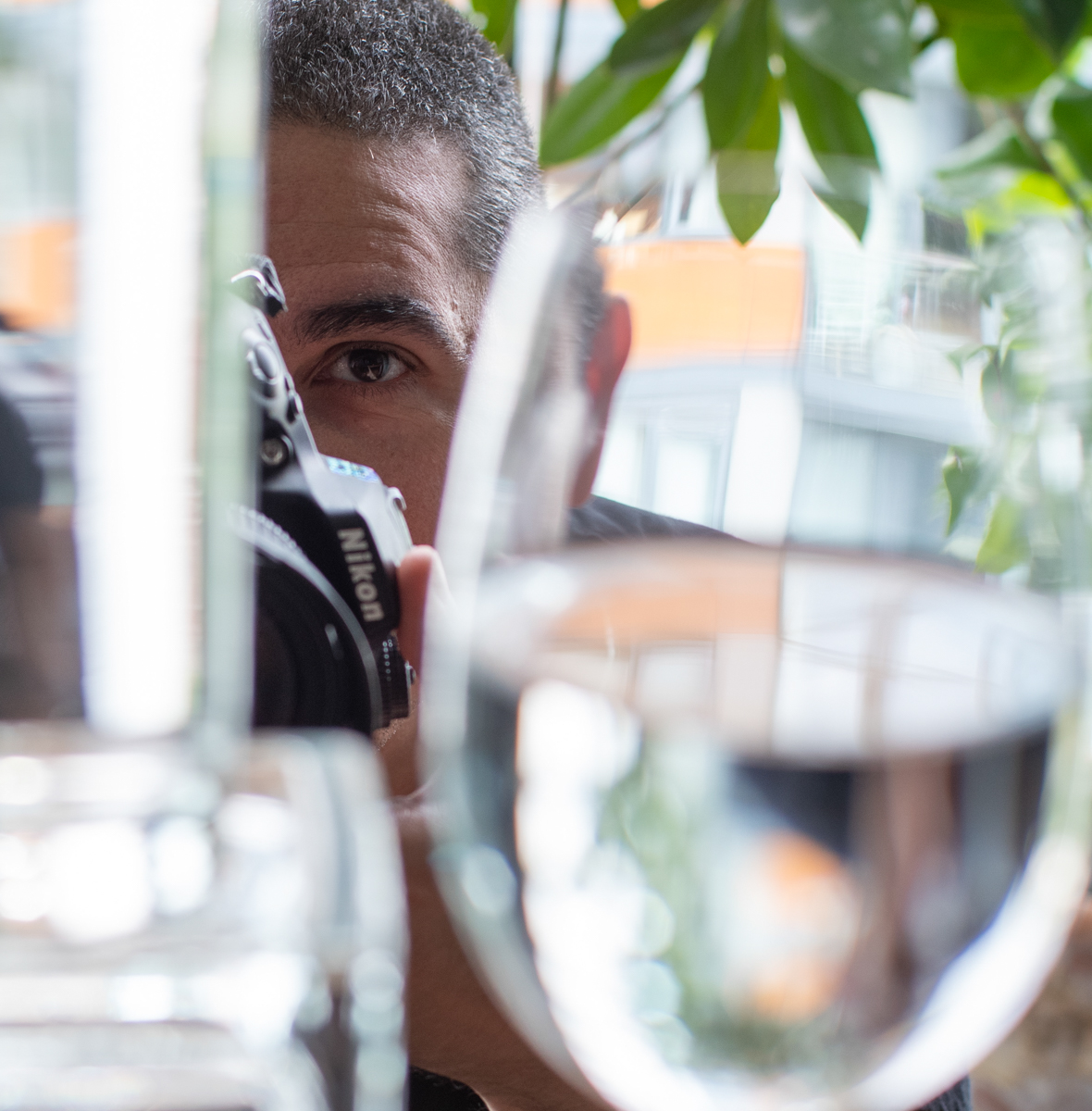A few weeks ago, I attended an anti-capitalism summit hosted by The Trampery and one of the conclusions from the event that stayed with me for weeks was that, when we speak about counteracting climate change, the reductions that we need to make go against the concept of capitalism and growth. To slow-down the damage that we are doing to the planet, we must also slow-down our purchase and consumption behaviour. Less is more, no truer words were ever spoken.
Buy less, reuse more and learn to give a new purpose to items that until now were considered waste. All these necessary habit changes in our lives are not good news for businesses that rely on us continually stocking on their products, but if they don’t take the planet seriously, we are going to have to teach them a lesson. I’ve been writing a lot about this over the last year and a half:
One thing that I haven’t done is to write about the changes that I’ve been implementing in my life to reduce my waste. Some of these changes were no-brainers and easy to implement, while others took a lot of deliberation and compromise. Not only with myself, but also with those who live with me. It’s not an easy feat.
I have divided them in three sections: already put in practice, in the process of and on the drawing board.
Already put in practice
I am trying to reduce as much as possible single-use plastic. This has proven to be a massive endeavour as almost everything you buy these days has plastic. From clothes to food, you always end up with unnecessary plastic waste:
I love cooking, and I not only cook very often, but I also like preparing elaborate meals to share with others. This translates into having a lot of leftovers that I need to store in the fridge or freeze for future consumption. One of the most convenient ways to do so is to store the leftovers in zip-lock bags. And that means that, at the end of the year, I have gone through hundreds of these types of bags, mainly because you can only wash them and reuse them a limited amount of times. This was the first change that I implemented. I bought several silicone zip-lock bags that are washable and durable and have completely eliminated single-use zip-lock bags from my kitchen.
Tap water in London is terrible. It is safe to drink, but it’s so hard and tastes so awful that it even affects the taste of what you cook. Since we moved to London, we got into the habit of buying bottled water that we use for drinking, cooking, coffee, tea, etc. We only use tap water for washing. This translates into dozens of bottles of plastic wasted every week. It got to a point where I felt like the sole responsible for climate change in the world. I replaced bottled water with a Britta jug in which I filter tap water. The taste is not as good as bottled water, but at least all the minerals that come with the tap water get filtered out, and I’m not producing so much plastic waste.
Also, in the kitchen, plastic wrap is something that is commonly used to cover and protect things that you store in the fridge. My friend Chloe told me about these fantastic bee-waxed organic cotton cloths that are washable and shapeable and that easily replace plastic wrap. I’ve been using them for weeks, and I haven’t looked back at plastic wrap again.
I hadn’t bought new clothes in almost a year. I know that this goes against the industry that I work in, but I just didn’t want to give my money to brands that were not taking into account the environment when making their garments. I’ve done extensive research on the matter and a very little percentage of the brands that call themselves sustainable actually are. To be fully sustainable, a brand must have procedures in place for the whole life cycle of the garment, even after the garment can’t be worn anymore and it’s disposed of. Very few brands do this, and the whole concept is very confusing for consumers:
First of all, it’s worth mentioning that Ethical and Sustainable are two different concepts. You can be one without the other, and you can most definitely be both, but the terms are not interchangeable. An ethical brand sources materials from suppliers that pay their workers a fair wage, that treat their employees equally disregarding gender, religion, sexuality, age, etc., brands that guarantee humane working conditions in their sites.
A sustainable brand worries about its environmental footprint. It sources materials from sustainable suppliers, and it tries to produce their garments using sustainable techniques with the least amount of transport possible between the different stages of the production cycle. A brand that, when it sells you an item it tells you what to do with the garment once you decide not to wear it anymore and that would take back those garments and tell you how they will repurpose them.
These two concepts sound like they should be at the core of every single fashion business ethos, but you’d be surprised at how very few brands out there actually take them both into account. As a photographer, I use a lot of plain black t-shirts for work, and up until last year, I was buying them from a very well-known Japanese fast-fashion brand. But, last year I decided that I was going to stop buying from fast fashion brands because they are part of many of the problems that we face in our societies these days (environment, local economies, working conditions).
That’s when I started researching ethical and sustainable brands and found the people at Rapanui Clothing, a brand from the Isle of Wight in the UK. They produce circular economy t-shirts with organic cotton using renewable energy and are transparent about the whole production cycle of their garments. Rapanui makes their t-shirts from ethical, sustainable organic cotton and all the stages of the production take place under the same roof so that the environment is not impacted by transporting materials between factories. Once the t-shirts are finished, they are sent to the UK via ship, which has a lesser impact than planes. When you buy from them, all their packaging is made out of paper, including the tape, and once you are done wearing their garments, they buy them back from you with store credit and repurpose the materials to make other items.
In the process of putting in practice
At home, the kitchen seems to be the biggest entry point of single-use plastic, and I’m guessing it is a similar reality in other people’s homes:
I am now researching food suppliers that don’t use plastic for packaging or use as little plastic as possible. It’s difficult with hectic lifestyles in big cities to find online supermarkets that have reduced their plastic usage. Amazon and Morrisons have joined efforts to deliver groceries, and they only use paper for their packaging, but still, most of the items inside the paper bags come wrapped in layers and layers of plastic.
I’m at the stage of identifying one by one the brands that are the alternative to the ones that I commonly buy from but that don’t use plastic or that much plastic. This is proving to be a very difficult endeavour because of how cheap and convenient plastic packaging is.
In general, I am also trying to reduce buying single-use items or items that have a very short lifespan. I’m trying to go back to how our grandparents thought when they bought anything. Everything was meant to last, good quality meant something that could be used throughout your whole life and then passed down to the following generations. Sometimes that means spending a bit more, but in the long run, you spend less because you end up replacing your items less. The good old quality over quantity.
On the drawing board
When you start doing the exercise of studying all your spending habits to see where you can reduce your waste, the most inoffensive of things turn out to be the most polluting:
Travelling is one of them. I have always been an advocate for exploring the world. It helps us learn about foreign cultures and expands our horizons, but our vacations are killing the planet. The proliferation of low-cost airlines and cheap holiday packages have benefited both suppliers and consumers, but it has been the doom for the Earth. I have been thinking a lot about this lately, and it is a tricky one, especially for those of us who live far from our families. But, we need to start travelling abroad less, travelling locally more and using the train rather than the plane when going on holidays.
This way of thinking will also benefit local economies, so it’s a win-win. The money earned here will be spent here, the anti-globalization movement. It sounds difficult to implement in our own lives, but ask yourself: how well do you know the city/country/continent that you live in? Why go explore overseas when you don’t even know how your backyard looks like? It’s true that most of the times it’s cheaper to travel two continents away than going to the town next to ours. But, like with everything related to reversing climate change, you have to look at it from the point of view that your money is being invested in saving the planet.
What measures have you started implementing in your life to reduce your waste and become more sustainable?
Photo credit: behind the scenes taken by Andrzej Gruszka.
Do you like what you just read? Subscribe to my weekly blog posts here!


